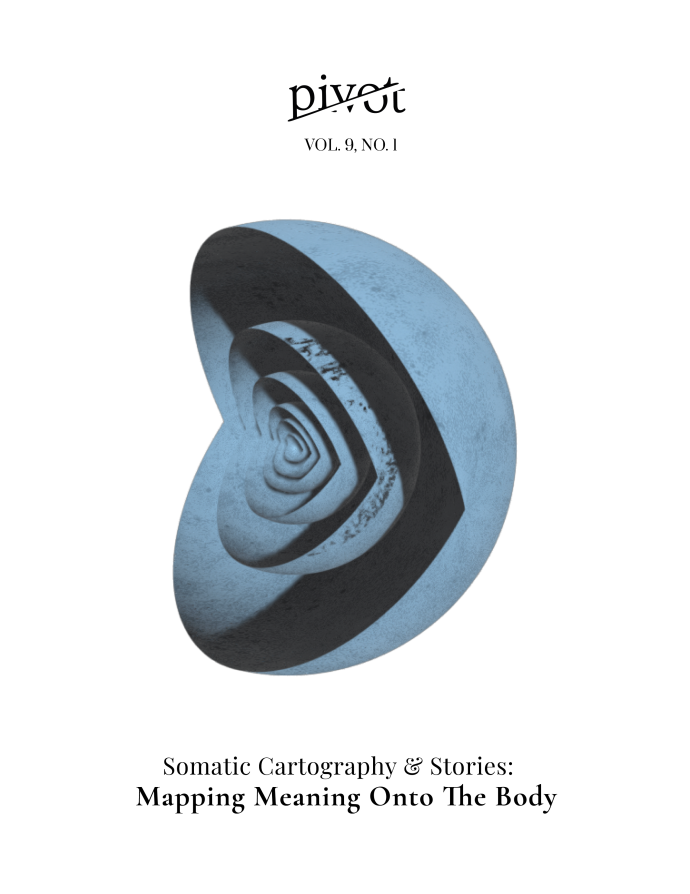I Am the Night, Color Me Black
The Vampiric Positionality of the Black Pedagogue in Ganja & Hess
DOI:
https://doi.org/10.25071/2369-7326.40323Abstract
For me - an Afro-L’nu interdisciplinary doctorate candidate rooted in cinema and media studies - vampirism resembles cinematic realism: a visuality of authenticity effected in scene, setting, and storyline on-location respective to narrative milieux. However, what often defines reality as opposed to preferred realism is that Black positionalities continue to be afflicted by disparity, exploitation, exclusion, and inaccessibility alongside systematic anti-Blackness which extenuate our adversities. This contrasts with the avid albeit ambiguous initiative of equity, diversity, inclusion, and accessibility (EDIA) sweeping through academic spaces in the wake of reconciliation campaigns. Moreover, this initiative is vampiric in its avid solicitation of efforts and insights from the very marginalized positionalities it purports to uplift. Too little, if anything. Too late, if ever. The wealth of lip service paid in comparison to what pittances we marginalized peoples are afforded. I find myself immortalized by pearls of wisdom which speak to ancestral strength and blood memory, akin to how kernels from an artifact transform Dr. Hess Green and Ganja Meda into the vampiric undead. This personal essay offers a discourse analysis of Ganja & Hess (1973) that incorporates my own positionality and academic exegesis, notably revelations as to what vampiric contingency underlays my transformation, survival, and eventual demise.Downloads
Published
2022-10-17
How to Cite
Matthews , F. (2022). I Am the Night, Color Me Black: The Vampiric Positionality of the Black Pedagogue in Ganja & Hess. Pivot: A Journal of Interdisciplinary Studies and Thought, 9(1). https://doi.org/10.25071/2369-7326.40323
Issue
Section
Literary Non-Fiction


